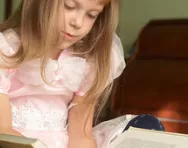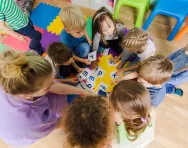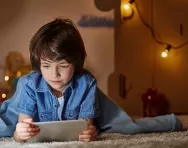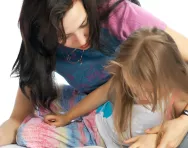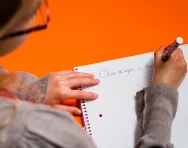TheSchoolRun.com closure date
As we informed you a few months ago, TheSchoolRun has had to make the difficult decision to close due to financial pressures and the company has now ceased trading. We had hoped to keep our content available through a partnership with another educational provider, but this provider has since withdrawn from the agreement.
As a result, we now have to permanently close TheSchoolRun.com. However, to give subscribers time to download any content they’d like to keep, we will keep the website open until 31st July 2025. After this date, the site will be taken down and there will be no further access to any resources. We strongly encourage you to download and save any resources you think you may want to use in the future.
In particular, we suggest downloading:
- Learning packs
- All the worksheets from the 11+ programme, if you are following this with your child
- Complete Learning Journey programmes (the packs below include all 40 worksheets for each programme)
You should already have received 16 primary school eBooks (worth £108.84) to download and keep. If you haven’t received these, please contact us at [email protected] before 31st July 2025, and we will send them to you.
We are very sorry that there is no way to continue offering access to resources and sincerely apologise for the inconvenience caused.
5 ways to bring stories to life for your child
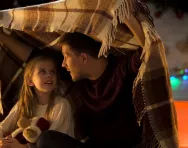
Reading books to a child can be brilliant.
Books can be silly or serious. They can entertain and teach. There are loads of positives in reading to somebody (or indeed being read to), from improved listening and concentration to strengthening bonds with our loved ones.
Some of the happiest family memories will be of a story at bedtime. That’s right, a story at bedtime.
You see, sharing stories without a book is something we do all the time without thinking but if I asked you to do it you might find it overwhelming.
Here are a few ideas for finding pleasure in sharing and bringing stories to life.
1. Use the book as a starting point
Whenever I play games that relate to a story I want to make sure my audience know that story. Feeling confident that you and your child know a story will allow you to put the book down and begin to play.
This isn’t a test, it’s about having fun so accuracy isn’t everything and with younger children it’s always worth remembering that they can’t necessarily read so it’s unlikely they’ll pick you up on minute details (unless you say something which is ridiculous!).
I’d also say that there is nothing wrong with using a video or an audio recording to make sure your child knows the starting point of your joint play session.
2. Say something ridiculous
“Three baby owls lived in a tree, Sarah, Percy and Gavin”; "Little Blue Riding Hood was walking through the forest one day”.
Even children who can’t read will know the precise details of their favourite stories. It can therefore be great fun to intentionally change the details of a story in order to elicit corrections or to personalise a favourite tale. If your child loves adventure stories, why not make them the hero?
3. Use everything!
If your child has a bedroom full of toys, use them to tell your story!
Goldilocks and the Teddy Bear, Stuffed Unicorn and Baby Doll is not the catchiest title for a book but your little one will enjoy playing out the story with their “bears”.
If you are bored of picking up soft toys you could get crafty. A simple mask could be made out of paper plate, puppets could be made with lollipop sticks and recorded using a mobile phone and why not use a scarf, some drinking straws, some clothes pegs and yoghurt pots to build a scene from the Billy Goats Gruff?
Asking your children to think in abstract ways and tell stories using what you have to hand will challenge everybody, but the creative opportunities are limitless.
4. Use nothing!
Here’s a game I learned from an Australian storyteller.
Tell me a story about a trip to the park, using just a piece of string as your only prop. How can you use the string to represent somebody walking a dog, a swing in the playground or a tree? This game is about problem solving. It requires a lot of creativity and some children may find it challenging to make their own story but there is great satisfaction in showing and teaching your story to someone else.
5. Take risks and have fun!
I play a lot of games with my three year old daughter that start with a story.
We’ve made Elmer the Elephant out of a milk jug, we’ve been on bear hunts in the woods, we’ve made pirate ships out of a cardboard boxes, baked gingerbread men, stuck googly eyes on sticks, run around the garden looking for the family tree and made countless dioramas out of toilet rolls based on nursery rhymes and songs.
I’ve dressed her up as the Highway Rat; she’s dressed me up as the White Rabbit.
I don’t mind saying that some of it has been disastrous but we’ve done it together and we’ll remember that for the rest of our lives.
We all have favourite stories. I would encourage anybody to put the book down and find fresh ways of bonding through creative play and the exploration of storytelling. Who knows where it may lead you…
John Kirk is a story-teller who tells stories and runs workshops for young people in schools. Tickets to his perfomance-telling of Roald Dahl's The Twits are available online.

